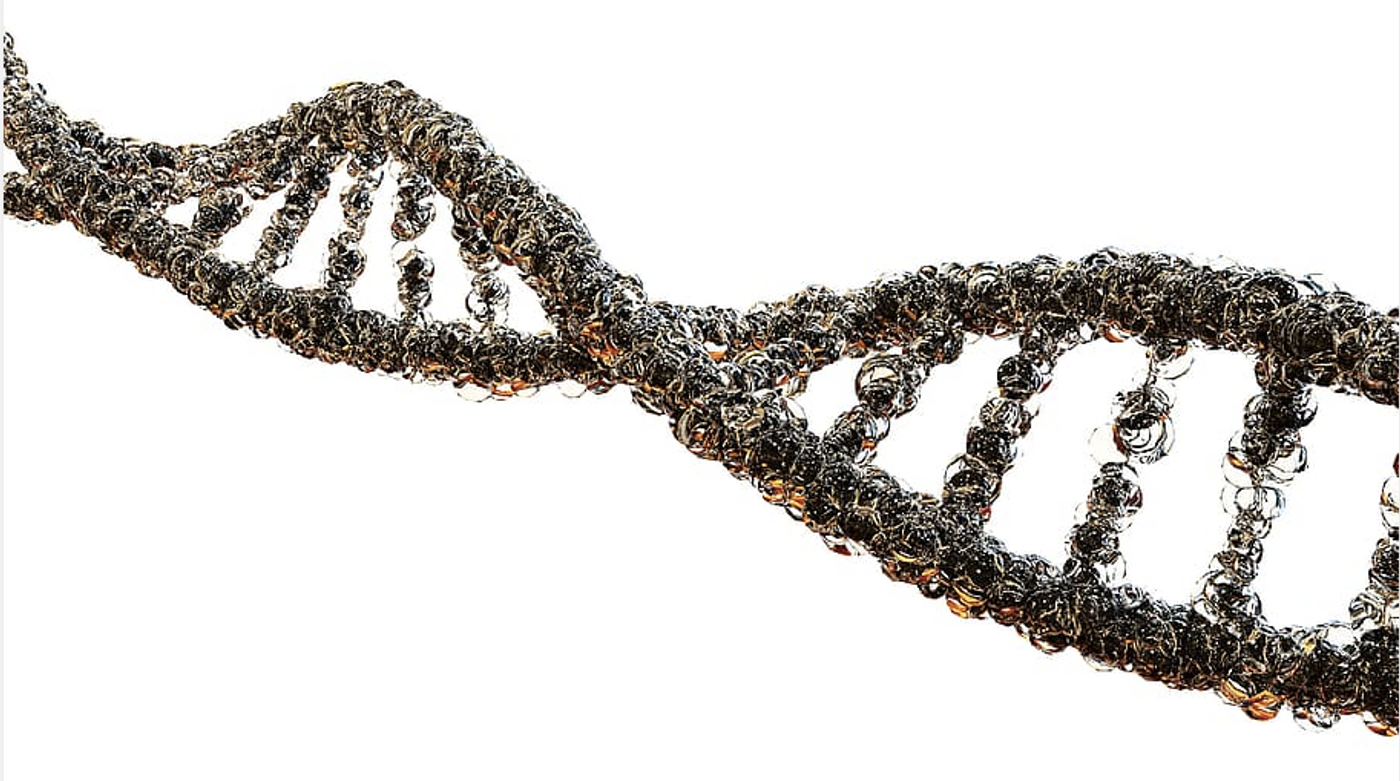CRISPR Advances Make the Gene Editor Specific to Tissues & Times
Research scientists have to be able to manipulate molecules in cells to learn more about their function, what goes wrong in disease, and how we might be able to fix it. The ability to change or halt the expression of a gene is one essential strategy to understand that gene's role and there are multiple ways to do it in cells and animal models. CRISPR is one of those methods; in the technique, an enzyme is guided to a specific place in the genome by a 'guide RNA' and an enzyme called Cas9 makes a cut to disrupt the expression of a gene.
But some genes can't be deleted from an entire organism, often because they are so essential, and in that case or in other situations, researchers may want to delete the expression of a gene in a more controlled, specific way, like from only one type of tissue or only once a certain time-point has been reached in the life of an animal model.
A system called Cre/lox has allowed researchers to stop gene expression more selectively, under certain conditions, and it involves creating transgenic animals and a breeding system. But now there is an easier way to do it that utilizes the CRISPR gene editor. Scientists have now engineered Cre-Controlled CRISPR, a tool that's been reported in Nature Communications.
"[Cre/lox] is the gold standard for the conditional gene inactivation in mice but over time has also become quite important in other model organisms such as zebrafish," said study author Dr. Stefan Hans, a researcher at the CRTD.
In Cre/lox, animal lines were engineered to express Cre recombinase only in certain tissues - requiring many animals to be created. When one of these animals is bred with another animal that has been engineered to carry a gene that's flanked by a lox sequence, the expression of that gene will only be removed from the tissue that carries Cre in the offspring of that breeding pair. The offspring carries the Cre recombinase in one specific tissue from one parent, and the lox that activates the system from the other parent, ablating the gene's expression soecifically in that tissue in the offspring.
Now researchers were able to take the power of CRISPR and limit it to one tissue; they made a CRISPR that is only active when Cre recombinase is present. So now, the Cre-expressing animals are still useful when limiting gene editing to one tissue, but scientists will not have to engineer a completely new animal that carries the lox-flanked gene and go through the process of breeding the animals together. CRISPR can simply be used in the Cre recombinase animals.
"In Cre-Controlled CRISPR we are taking advantage of the tissue-specific expression of Cre and the ease of gene editing of CRISPR/Cas9. By merging the two methods, we created a version of CRISPR/Cas9 that is switched on by a Cre recombinase," said Hans.
"Using our method, researchers can still take advantage of vast libraries of already established animal lines that express Cre in different tissues. But Cre-Controlled CRISPR takes away the laborious genome editing because it removes the necessity to flank a gene with lox sequences. It actually requires adding only one sequence to the genome, no matter what the gene of interest is." explained Hans.
This process also enables researchers to ablate multiple genes at once, or use GFP to label the cells in which CRISPR has been active.
"Although we developed Cre-Controlled CRISPR as a proof of concept in zebrafish, the method is versatile and should be applicable to other model organisms as well," Hans added.
Reporting in Molecular Cell, scientists at the University of Illinois Chicago have also recently modified CRISPR so that it will make sequential cuts in the genome over time. In this work, the researchers altered the RNA molecules that normally guide the Cas9 enzyme to the location in the genome where it's supposed to make a cut. These prototypes have been named "proGuides" by the researchers.
"Our system allows for gene editing in a pre-programmed fashion, enabling researchers to better investigate time-sensitive processes like how cancer develops from a few gene mutations and how the order in which those mutations occur may affect the disease," said lead study author UIC's Bradley Merrill, associate professor of biochemistry and molecular genetics at the College of Medicine.
Sources: Phys.org via Dresden University of Technology, University of Illinois at Chicago, Molecular Cell, Nature Communications









